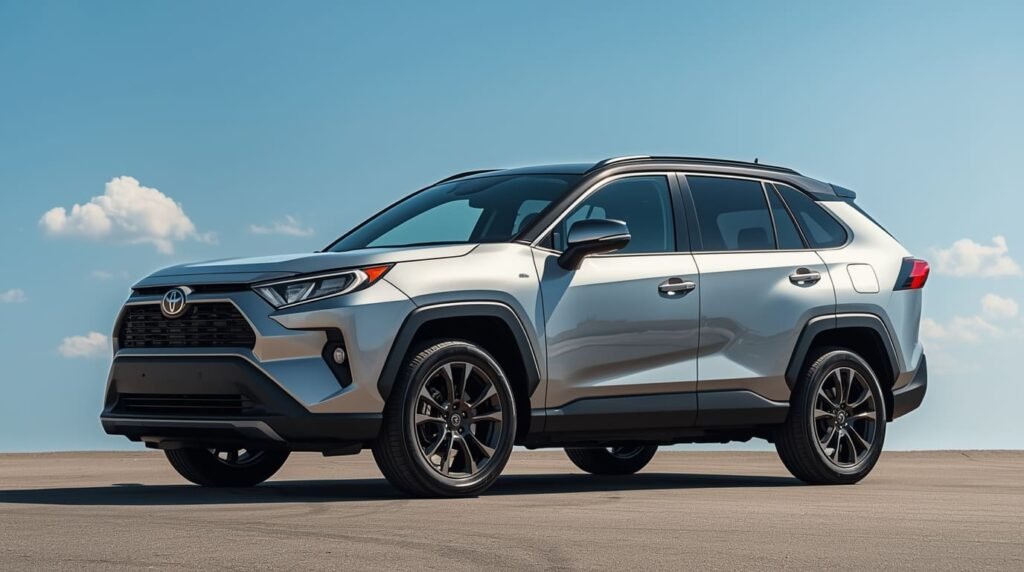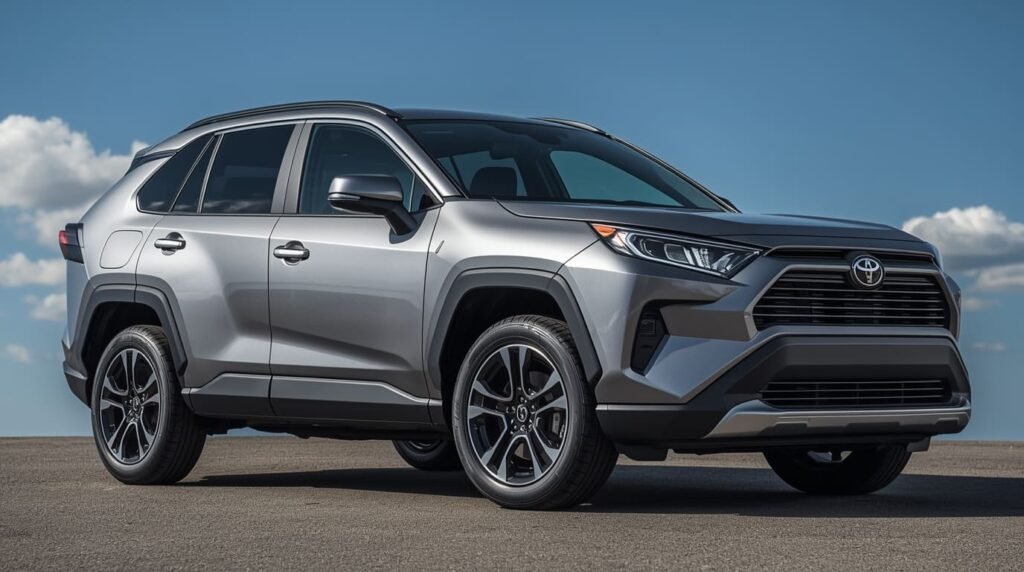
Hey there, SUV fans! If you’ve been cruising the roads in a Toyota RAV4 or eyeing one, you know it’s been America’s go-to compact crossover for a reason. It’s that trusty ride that handles family trips, light trails, and fuel bills without breaking a sweat. The fifth generation’s been solid since 2019, but the buzz about a new redesign has been growing louder. Well, the wait’s nearly over—the sixth-generation RAV4 is here, and it’s leaning hard into electrification. I caught the reveal details from May, and after diving into the specs, I’m excited to share what’s coming. Let’s break down the release date, price, hybrid lineup, redesign, and key specs in a way that feels like we’re just chatting over coffee.
When’s It Hitting the Streets?
Toyota unveiled the all-new RAV4 on May 20, 2025, with a big event that had auto fans buzzing. It’s badged as the 2026 model year, but don’t expect to see it in US dealerships right away. Stateside, the rollout is slated for late 2025—likely November or December if production stays on track. Car and Driver mentioned Toyota’s aiming for a smooth launch, giving current RAV4 owners time to plan upgrades. For those across the pond in Japan, it’ll land before their fiscal year ends in March 2026. No major delays are expected, but with supply chains being what they are, keep an eye on dealer updates if you’re ready to snag one.
What’s New in the Redesign?
The sixth-gen RAV4 isn’t just a facelift—it’s a proper glow-up, but it keeps that familiar RAV4 charm. Toyota’s offering three vibes: Core for daily drivers, Rugged for off-road adventurers, and Sport for those chasing a sharper look. The exterior rocks Toyota’s bold hammerhead front end—think aggressive grille and sleek LED headlights, pulling cues from the latest Camry. It’s boxier overall, with wider fenders and wraparound taillights that give it a modern edge. The Woodland trim adds trail-ready goodies like all-terrain tires and beefy roof rails, while the new GR Sport (exclusive to PHEV) flaunts two-tone paint and 20-inch wheels for extra swagger.
Step inside, and the cabin feels like a big upgrade without being overwhelming. The dashboard’s cleaner, with a standard 10.5-inch touchscreen and an optional 12.9-inch display for tech lovers. A 12.3-inch digital gauge cluster is standard across trims, making the old model’s setup feel dated. Wireless Apple CarPlay and Android Auto come baked in, running on Toyota’s new Arene software for slick over-the-air updates. You’ve got seating options from basic cloth to plush Ultrasuede, and the cargo space holds steady at about 37.5 cubic feet behind the rear seats—plenty for groceries or gear. Toyota also added noise-dampening tech, like high-damping adhesive, so highway drives are quieter. It’s the little things that make it feel like they actually listened to owners.
Hybrid Power: The Big Shift

Here’s where things get juicy: Toyota’s going all-hybrid for 2026. No more pure gas engines—every RAV4 is either a hybrid electric vehicle (HEV) or a plug-in hybrid (PHEV). The standard HEV uses a 2.5-liter four-cylinder paired with electric motors, delivering 226 horsepower for front-wheel drive and 236 hp for all-wheel drive. It’s smoother than the old gas model and should hit around 38 mpg city/35 highway (AWD), though we’re waiting on final EPA numbers. It’s perfect for city commuters who want efficiency without plugging in.
The PHEV is the star, though. With a beefier battery and silicon-carbide tech for better efficiency, it pumps out 320 horsepower (AWD only) and offers 50 miles of electric-only range—up from 42 miles on the 2025 model. MotorTrend noted the XSE and Woodland trims can DC fast-charge from 10 to 80 percent in about 30 minutes, while SE and GR Sport stick to Level 2 AC charging. Expect 94 MPGe combined and gas-only numbers around 40 city/36 highway. With an 11-kW onboard charger, home charging is quick and painless. This setup’s ideal for folks wanting EV benefits with a gas backup for longer trips.
Specs That Matter
The sixth-gen rides on the updated TNGA-K platform, tweaked for better handling and a stiffer frame—think sharper corners without losing that comfy ride. Dimensions are close to the outgoing model: a 105.9-inch wheelbase and roughly 181 inches long (slightly longer for Rugged and Sport). Towing stays solid at 3,500 pounds for most AWD hybrids, great for small trailers or boats. Wheels range from 17-inch on base trims to 20-inch on the top-end models. Safety’s leveled up with Toyota Safety Sense 4.0, including smarter adaptive cruise, lane-keeping, and pedestrian detection. And for music buffs, the optional nine-speaker JBL system delivers crisp sound for your road-trip playlists.
How Much Will It Cost?
Toyota’s keeping the RAV4 wallet-friendly, even with the upgrades. The base HEV should start around $33,000, a small jump from the 2025’s $30,645, but you’re getting more power and tech. The PHEV kicks off at about $44,000, with the loaded GR Sport possibly hitting $51,000. Final prices will drop closer to launch, but don’t forget the $7,500 federal tax credit for qualifying PHEVs—it’s a nice bonus. Compared to the Honda CR-V Hybrid (around $35k) or Ford Escape PHEV ($40k), the RAV4’s pricing feels competitive, especially with its resale value staying rock-solid.
Is It Worth the Hype?
The sixth-gen RAV4 doesn’t reinvent the wheel, but it doesn’t need to. Toyota took a winning formula and made it better—more power, slicker tech, and a full-hybrid lineup that screams practicality. If you’re upgrading from an older SUV, the smoother ride and bigger screens will feel like a treat. Off-road fans will love the Woodland’s grit, and city drivers can’t go wrong with the PHEV’s electric range. It’s still the reliable, no-drama choice in a crowded SUV market. If you’re ready to jump in, start chatting with your local dealer—waitlists are already forming. What do you think—excited for the new RAV4, or sticking with your current ride? Let us know in the comments!

